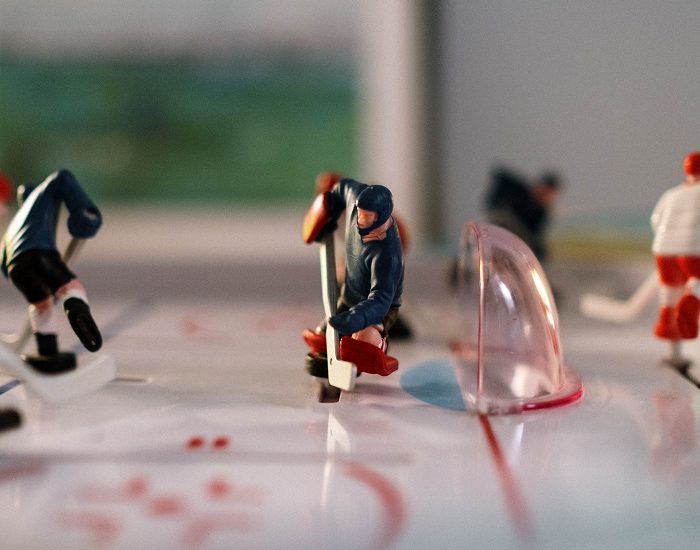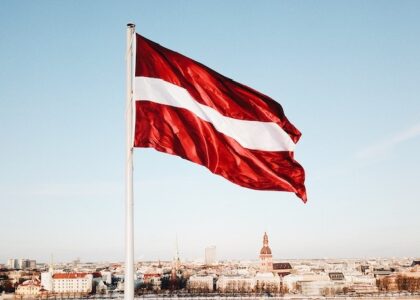Introduction
Ah, the hockey field! Have you ever pondered the rich tapestry of history concealed behind this green field where players duel with sticks and a ball? Let’s delve deeper into its fascinating journey from ancient civilizations to the modern synthetic turfs of today.
Section 1: Tracing the Roots of Hockey
1.1 The Ancient Beginnings
Would you believe that forms of hockey have been known for over 4000 years? From the Greeks to the Egyptians, ancient civilizations have engaged in games remarkably similar to modern hockey, showcasing our ancestors’ irresistible thrill of chasing a ball with curved sticks.
1.2 Evolution into a Modern Sport
Fast forward a few centuries, and we find the roots of modern field hockey in England, where the first official rules were formulated in the 19th century. From a simple pastime in English public schools, it spread globally, igniting a worldwide passion for the sport.

Section 2: Decoding the Hockey Field
2.1 Dimensions and Importance
Imagine a field as a massive rectangle, typically 91.4 m long and 55 m wide, with goals 1.83 m wide and a shooting circle radius of 14.63 m. Each dimension plays a pivotal role in shaping the game, dictating the pace and strategy employed by teams.
2.2 Key Field Markers
The halftime line, 23 m lines, and goal areas are not just physical markers but strategic elements, guiding player strategy and movement across the field.
Section 3: From Grass to Synthetic – A Material Revolution
3.1 The Transition to Synthetic Turf
Recall the days when hockey was played on natural grass? The 70s brought innovations in synthetic turf, providing fields that were faster, more uniform, and durable, revolutionizing the game’s pace and style.
3.2 Field Maintenance
Whether synthetic or not, meticulous maintenance, involving regular brushing, watering, and level checking, ensures optimal playing conditions, akin to pampering the field with a spa day!
Section 4: Memorable Moments and Historic Fields
4.1 Championships and Global Recognition
Events like the Hockey World Championship and the Olympic Games have etched unforgettable moments on iconic fields worldwide, further embedding hockey into the annals of sports history.
4.2 Unforgettable Games and Dramatic Moments
Historic fields have witnessed drama like no other, from last-minute goals to nail-biting penalty shots, each drop of sweat and tear forever ingrained in the turf.
Section 5: The Future of Hockey Fields
5.1 Sustainability and Environmental Considerations
Future fields will prioritize environmental friendliness, incorporating recycled materials and water-saving methodologies, embodying green in both color and essence.
5.2 Technological Advancements
From LED lighting for night games to modern drainage systems, technological advancements continue to push boundaries. What’s next? Perhaps holographic replays on the field?
5.3 Engaging Fans and Design Innovations
Designed not only for players but also for spectators, future fields will enhance fan experiences with exciting and interactive features.
Conclusion
The hockey field is not merely a piece of turf. It is a canvas of history, innovation, and passion that has evolved alongside the sport itself. As the sport continues to develop, so too will its most iconic battleground, promising a future where the field is not just a playing surface but an integral part of the game’s strategy, history, and fan experience.






